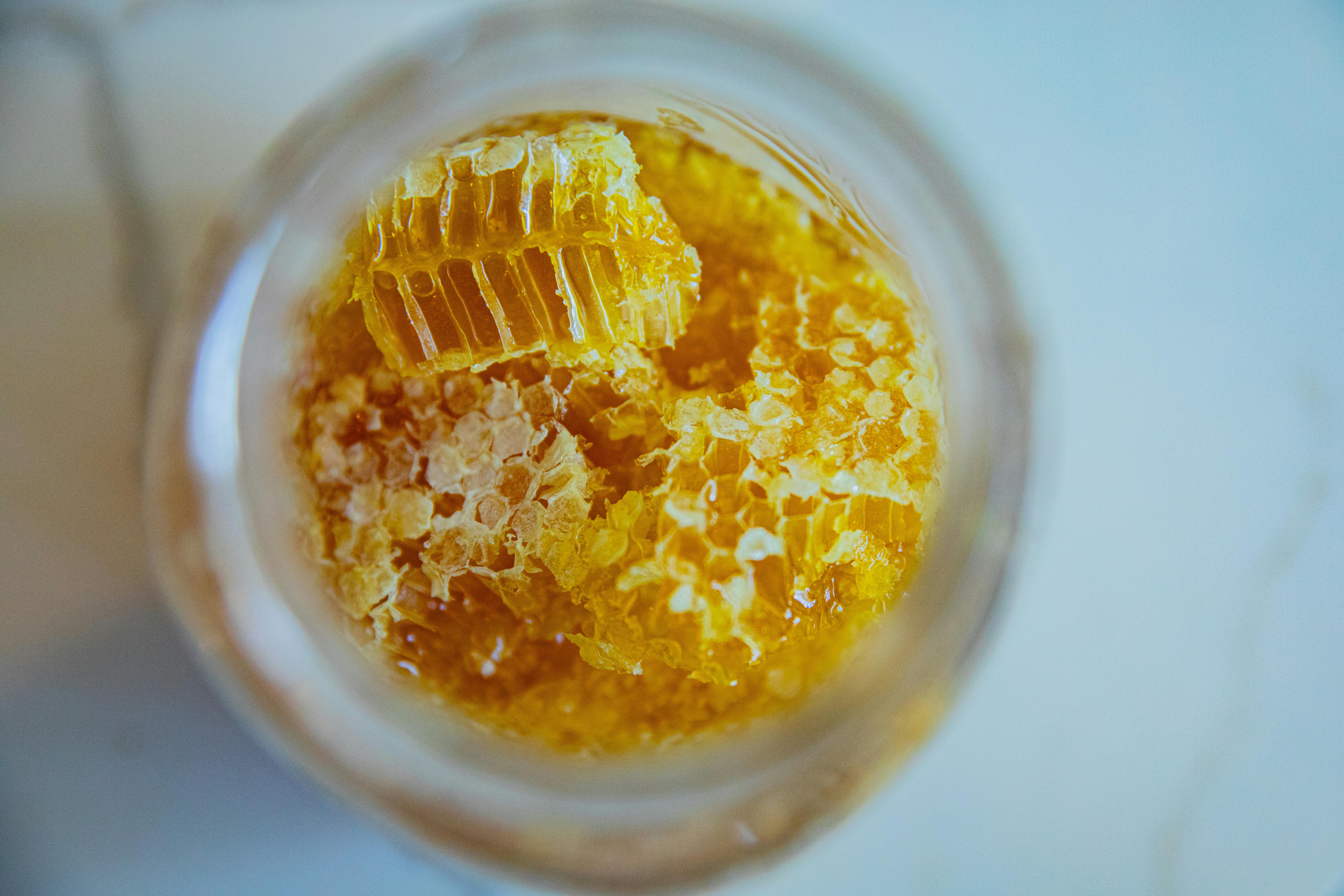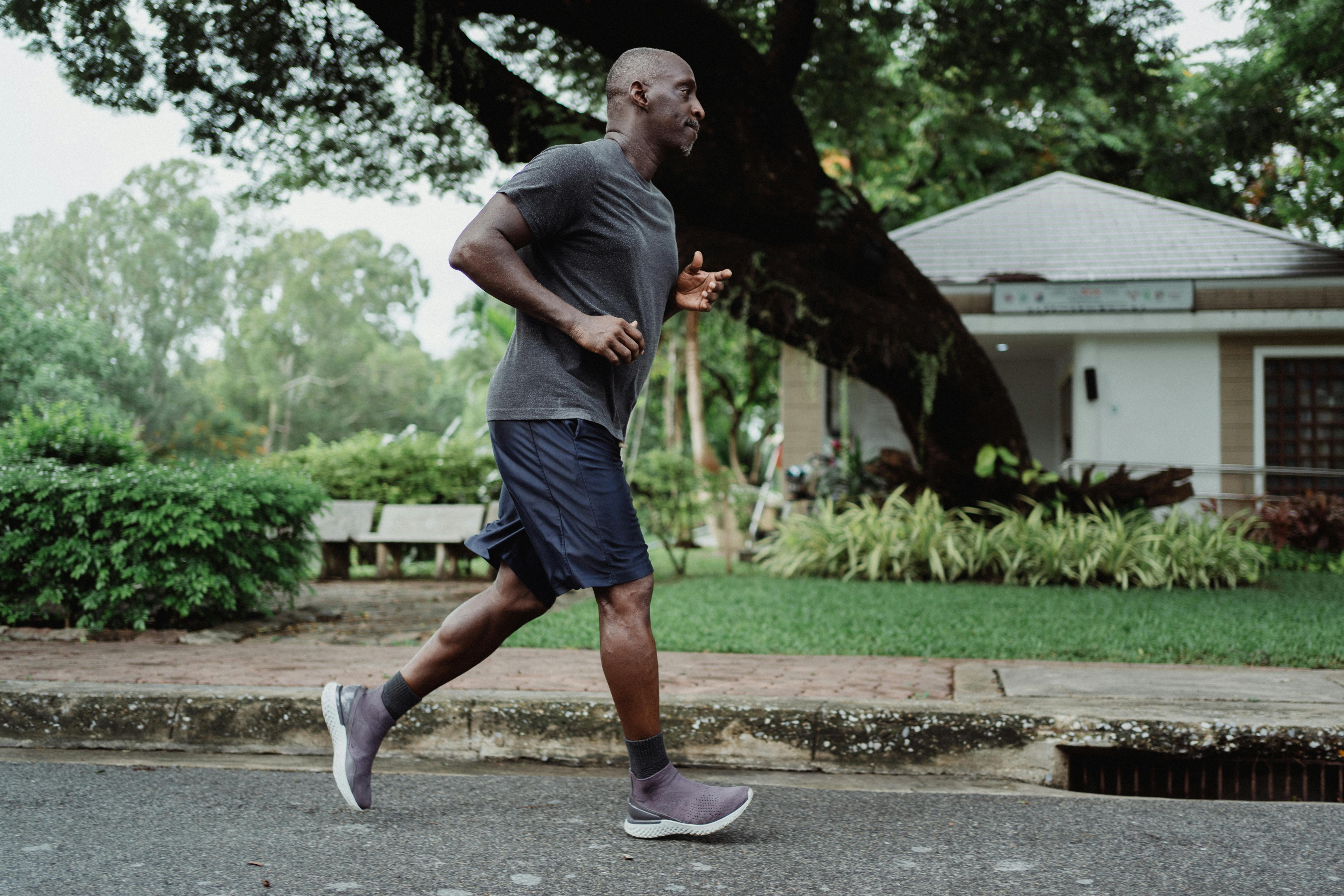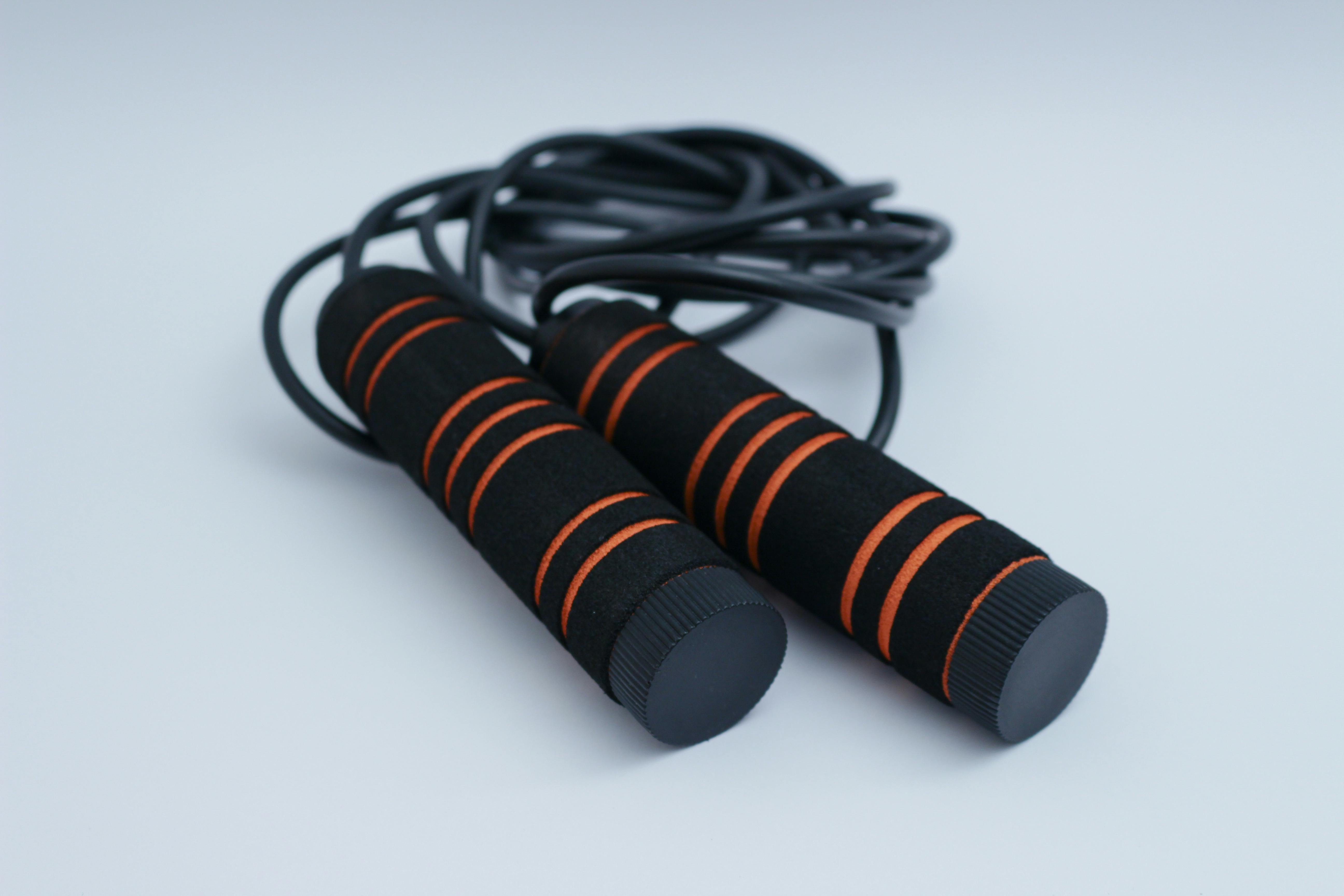Exercising with Reactive Hypoglycemia – Diet is Key!
If you’ve recently been diagnosed with reactive hypoglycemia or idiopathic postprandial syndrome, I’m sure your lifestyle has changed or is drastically changing. For those of you who have always exercised, you may be frustrated with your training (and your diet!). I know I was when I started having problems with reactive hypoglycemia. Aside from trying to figure out what you can and cannot eat, the biggest challenge seems to be having a proper diet so that you have enough energy to complete your workout and not have a hypoglycemic episode. This will take some time to finalize. You have to keep a detailed diary of what you eat and the hours you eat, but maybe I can speed up your learning process.
A little background about me, I am a cancer survivor 4 times, and believe it or not, I have been very active most of my life. I lift weights, train martial arts, and enjoy walking. My experience with cancer in the past and all its effects, both short and long term, have helped me to know my body better than anyone. Sometimes I think even better than my doctors.
When I started having my problems with reactive hypoglycemia or, in my case, idiopathic postprandial syndrome, the doctors first said there was nothing wrong at all. That’s because I was having episodes consistent with idiopathic postprandial syndrome, which is a bit different than reactive hypoglycemia. In short, after eating carbohydrates, you would have the same symptoms of someone diagnosed with reactive hypoglycemia (low glucose levels 1 to 4 hours after eating) such as tremors, confusion, anxiety, heart palpitations, cold extremities, etc. However, my blood glucose levels would not be medically defined as “hypoglycemia” because they would not drop below 50.
My journey through having the symptoms, learning what the problem was, and finding a way to fix it was a pure nightmare! It took me nine trips to the ER, a seizure with my heart racing to 160, severe panic attacks, multiple hospitalizations, and the doctors simply overlooked major red flags before I could determine for myself what was going on and what I needed to do to fix it. my problem … and in the end, how funny, the doctors agreed that I was right that I was experiencing idiopathic postprandial syndrome and they were amazed that I solved my problem with diet and exercise myself. However, this was not easy!
Once I knew what my problem was, idiopathic postprandial syndrome, I began to do some important research. I spoke with nutritionists, dietitians, personal trainers, and professional bodybuilders. I learned that simple carbohydrates, refined foods, sugars, caffeine, and alcohol would give me an episode. I also learned how and what to eat! This was key and would eventually allow me to enjoy my intense workouts again!
The diet was simple! Eat every 2 to 3 hours a day. Eat foods rich in protein, fat (Yes! Fat!) And fiber, avoid the foods I mentioned above and eat only a small amount of complex carbohydrates (raw oatmeal, sweet potatoes) depending on your physical activity … and be consistent Everyone up!
If you are wondering why you should eat fat, the reason is that fat slows down the absorption of your carbohydrates. Remember, this whole problem – reactive hypoglycemia and idiopathic postprandial syndrome – arises when your insulin levels skyrocket. And what increases insulin levels? An instant rush of sugar from, say, a chocolate bar, white rice, a baked potato. Also, if you are eating a low enough level of carbohydrates, your body will begin to burn fat for energy. Good, huh?
So after making all these changes and having to completely relearn how to eat, I became my own test subject. I guess you could say I did clinical trials on myself! I kept detailed diaries of what I ate and the hours I ate. At first, I was pretty tired from cutting down my carbs, but then about a week later it got easier. Everyday life became so much easier. The challenge now was finding the right nutrition for my training.
There I was again, me and the internet on it! I was doing research to find out how to provide myself with the nutrition I needed to get through a workout without blood sugar drops … and I found it! At the time, the only carbohydrates I was consuming per day were about a quarter cup of raw oatmeal each morning. The rest of my diet consisted of meats, cheeses, and salads. Which is a great diet if you don’t plan on exercising or being so physical. However, for me, this diet did not give me enough energy to exercise, and if I did exercise, I was definitely going to have a hypo.
So now I knew I had to increase my complex carbohydrates even more. It was something like this, a quarter cup of raw oatmeal in the morning, then about a quarter of a sweet potato about an hour after my workout. Then immediately before my workout, I was taking two glucose tablets and two more glucose tablets during my workout. My training lasts an hour. Well that seemed to work.
When taken, the glucose tablets would immediately be used for energy and would never cause my glucose levels to skyrocket, causing my insulin levels to skyrocket. Over time, my blood sugar level stayed pretty much the same the entire time. He had occasional hypoglycemic episodes, but they were minor and easily fixed with 2 to 3 glucose tablets.
Now, I am not a doctor, but I will say that there is a good chance that you can overcome your reactive hypoglycemia or idiopathic postprandial syndrome problem with diet and exercise. Always check with your doctor before starting a new diet or exercise. Stay focused, determined, and hopeful!


